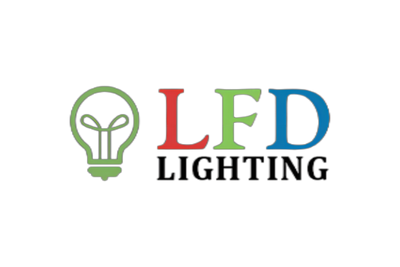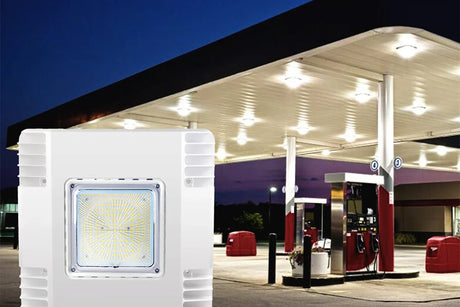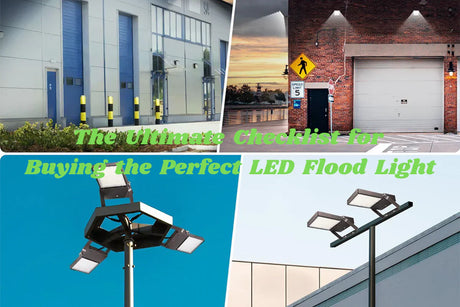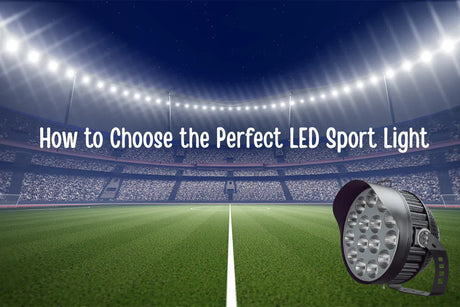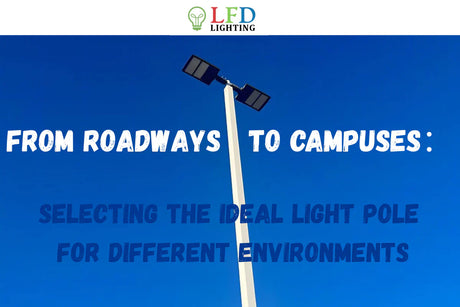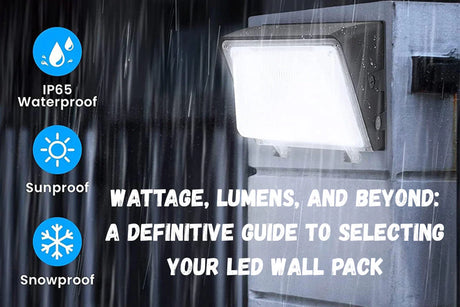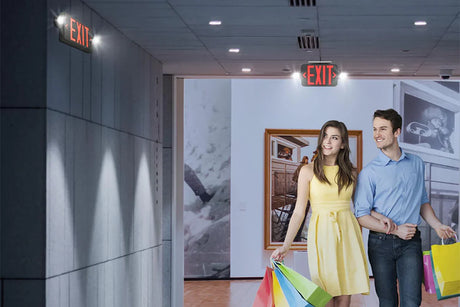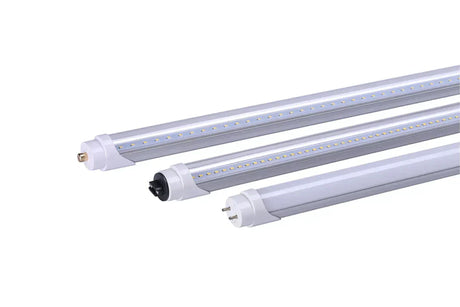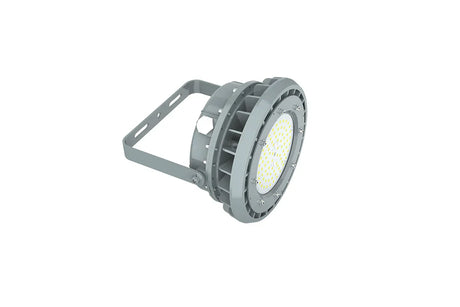Selecting the ideal LED flood lighting solution is a critical decision that impacts not only operational efficiency and safety but also long-term operational expenditures. Navigating the technical specifications and myriad of available options requires a structured approach. This comprehensive checklist, presented by LFD Lighting, a leader in professional-grade illumination solutions, is designed to guide facility managers, project specifiers, and procurement professionals through the key criteria for a successful investment.
Conduct a Comprehensive Application Analysis
The foundational step is a precise definition of the lighting project's primary objective. The application dictates all subsequent technical requirements.
- Security & Surveillance: Illuminating perimeter fences, loading docks, and other vulnerable areas. Requires high illuminance, broad coverage, and often integration with motion sensors or security systems.
- Commercial & Area Lighting: Ensuring safe and well-lit environments in parking lots, sports complexes, and public walkways. Demands uniform light distribution and high lumen output.
- Architectural & Facade Lighting: Enhancing the aesthetic appeal of commercial buildings, monuments, or signage. Focuses on color rendering and precise beam control.
- Industrial & Task Lighting: Providing clear visibility in demanding environments such as warehouses, manufacturing plants, and construction sites. Ruggedness, high output, and consistent performance are paramount.
Professional Insight: For a versatile solution that meets the demands of most commercial security and area lighting applications, the LFD All-Rounder Series offers an optimal balance of performance, durability, and value.
Evaluate Photometric Performance: Lumens Over Watts
Disregard the obsolete metric of wattage. For professional applications, the critical performance indicator is Luminous Flux (Lumens, lm), which quantifies the total visible light output.
- 5,000 - 10,000 Lumens: Appropriate for secondary areas, pedestrian pathways, and supplemental lighting.
- 10,000 - 20,000 Lumens: The standard range for primary commercial lighting, including mid-sized parking areas and building perimeters.
- 30,000+ Lumens: Reserved for high-bay industrial settings, major sporting venues, and large-scale infrastructure projects.
Technical Specification: At LFD Lighting, all product data sheets clearly state verified lumen outputs. For instance, our LFD High-Lumen Industrial Flood Light is engineered to deliver in excess of 30,000 lumens, ensuring compliance with the most stringent lighting standards for industrial applications.
Specify Correlated Color Temperature (CCT) for Purpose
The Correlated Color Temperature (CCT), measured in Kelvins (K), defines the perceived "warmth" or "coolness" of the light and directly influences the functionality and ambiance of a space.
- 2700K - 3500K (Warm to Neutral White): Promotes a welcoming atmosphere; ideal for hospitality, retail frontages, and residential complexes.
- 4000K - 5000K (Natural to Cool White): Enhances alertness and visual acuity. The preferred choice for office buildings, retail interiors, and automotive dealerships.
- 5700K - 6500K (Daylight): Provides the highest level of contrast and is optimal for high-security areas, precision task lighting, and sports field illumination.
Verify Ingress Protection (IP) Rating for Environmental Durability
Outdoor and industrial fixtures are subject to environmental stressors. The IP (Ingress Protection) rating is an international standard that classifies the degree of protection provided against solid objects and liquids.
- IP65 (Minimum Recommendation): Offers full dust-tight protection and resistance against low-pressure water jets. Suitable for most outdoor commercial applications.
- IP66/IP67 (Enhanced Protection): Essential for environments exposed to heavy rain, temporary immersion, or high-pressure washing, such as coastal facilities or food processing plants.
Assess Thermal Management and Build Quality
Long-term LED performance and lifespan are intrinsically linked to effective thermal management. Superior heat dissipation prevents lumen depreciation and extends operational life.
- Housing Material: High-quality die-cast aluminum is industry-standard for its excellent corrosion resistance and thermal conductivity.
- Heat Sink Design: An optimally engineered heat sink with sufficient surface area is critical for passively transferring heat away from the LED junction.
Determine Optimal Beam Angle for Distribution
The beam angle dictates the spread of light, affecting both coverage and intensity (illuminance).
- Narrow Beam (< 60°): Creates a concentrated spotlight, ideal for long-distance throw and accenting specific architectural features.
- Medium Beam (60° - 90°): A versatile choice for general area lighting.
- Wide Beam (> 90°): Ensures broad, uniform illumination across wide, open spaces, minimizing dark spots.
Confirm Regulatory Compliance and Warranty Provisions
A professional procurement process must include verification of safety certifications and warranty terms.
- Certifications: Insist on products bearing ETL or UL Listing marks, confirming compliance with North American safety standards.
- Warranty: A comprehensive and lengthy warranty period (e.g., 5 years or more) is a direct reflection of the manufacturer's confidence in product quality and reliability.
Our Commitment: LFD Lighting products are rigorously tested and certified to meet industry standards. We stand behind our solutions with robust warranty programs, ensuring your investment is protected.
